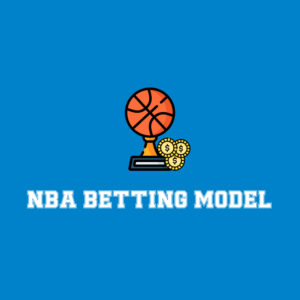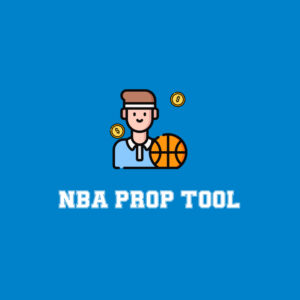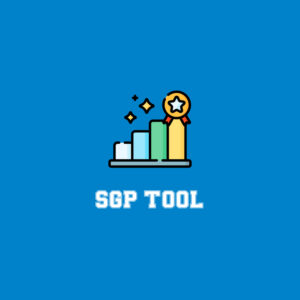
Whether you are new to fantasy football or a seasoned veteran, something you have likely been hearing a lot about is best ball. It has been one of the fastest-growing fantasy football formats and is far less time-intensive than traditional leagues. If you are thinking about getting into best ball fantasy football (and you definitely should), this introductory piece should help get you started.
What Is best ball and how is it played?
Best ball is sometimes also referred to as “draft only,” which gives a pretty clear picture of how the league works. People have created custom best ball leagues that allow for roster moves, but the public leagues available through various providers involve zero roster management after the draft. In other words, set it and forget it!
While you will not be making any moves before or during the season, you will also not be asked to set a lineup. Instead, your weekly lineup will be automatically selected each week by taking your highest-scoring collection of players. You will get the most points possible every week, and the standings will be updated each week as the season goes along by just adding the totals.
Best ball is an easy format to understand, and because you don’t need to do any work after the draft, it just allows you to draft more often! Being able to enjoy the best part of fantasy again and again makes best ball a format worth playing in great quantity every year.
Best ball essential checklist
Before you get started playing best ball, here are some quick tips to get you on the path to success:
Check scoring and roster settings
This is true of any fantasy league, but it is especially true in best ball. Since you only get one shot at perfecting your roster, you can’t afford to make a mistake by drafting a PPR specialist in a league that only awards half of a point per catch. Some sites give 1.5 points per catch for tight ends. The good news is that the sites are usually consistent with how they score. Here are some of the more popular providers out there right now:
- FFPC – PPR, TE Premium
- Yahoo – 0.5 PPR
- Fanball – PPR
- Even more important are the roster requirements. How many starters are needed at each position, and how many bench spots are provided, will go a long way in determining how many players you should select at each position. There will be much written here at FadeTheNoise that dives into optimal position allocation for best ball.
Check the payout structure
How leagues payout will go a long way toward dictating how you should draft. Some leagues pay out only the top scorer over the full season. Other options out there are top three and “50/50” structures that pay out half of the field. There are even sites (like Yahoo) that will pay the weekly point scorer while also giving out year-end prizes. On the biggest stage are tournaments, which are composed of numerous leagues put together to form a larger prize structure.
This is an essential part of forming your draft strategy because your risk/reward profile of each pick should change depending on the kind of outcome you need. Generally speaking, taking on more risk in favor of upside when fewer people receive payment and in tournaments. In contests that pay more of the field, you need more singles and doubles, and fewer home runs to find yourself in the green.
Take on variance
No matter what kind of draft strategy you employ, best ball is a terrific opportunity to take on some weekly scoring variance. In a traditional re-draft, where you need to set a lineup, you may feel compelled to find some safer players that you are confident can start each week. In best ball, you don’t have to make those kinds of decisions, so players who score you 25 points one week and two the next are inherently more valuable.
In best ball, the essential questions you need to be asking of a player before drafting him are:
- How many weeks is this player likely to produce a “startable” score?
- How high are those scores likely to be?
Look to dominate the flex
The subtitle to this section would be “draft more receivers.” Every best ball format has at least one flex spot, and you should be looking to maximize the point allocation of that spot as best as possible. The best way to do that? Have a deep stable of wideouts.
Receivers are more volatile but produce higher scoring weeks than RBs in general. So when you are looking to fill out those last few bench slots, look to fill them with the position that is more likely to add value to your roster. Along these same lines, late-round handcuff RBs are not going to be nearly as valuable in this format, especially in bulk. Get as many points as you can, and take advantage of the lineup optimization.





























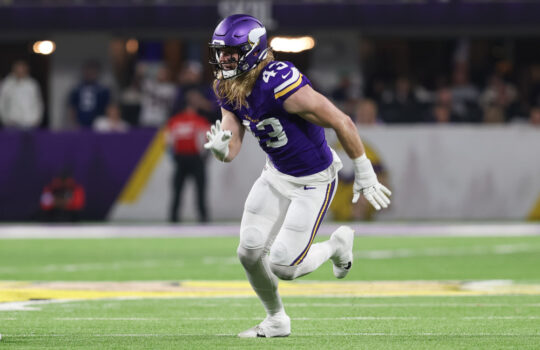



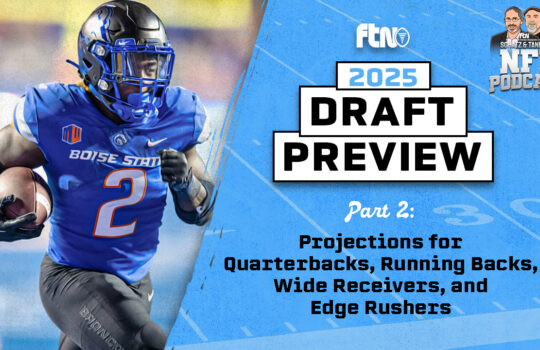

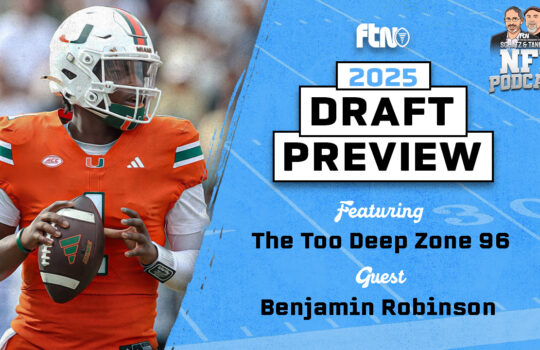







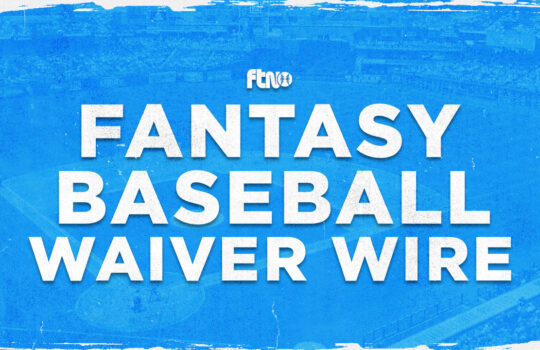

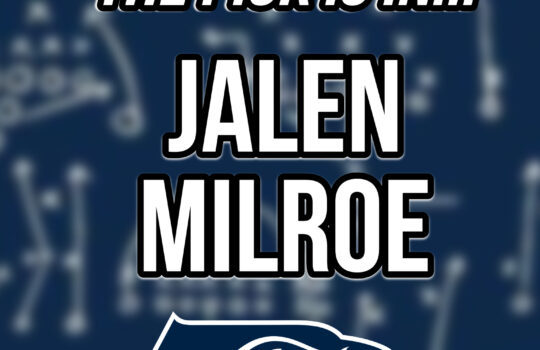

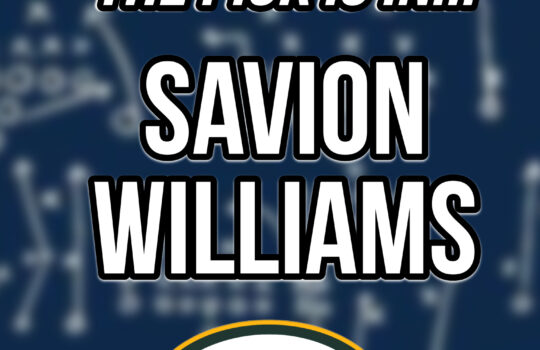
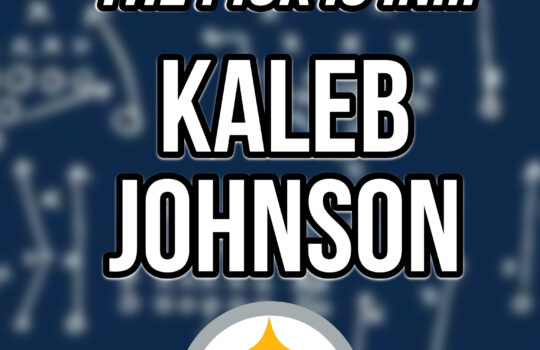

 New York Jets
New York Jets  New England Patriots
New England Patriots  Miami Dolphins
Miami Dolphins  Buffalo Bills
Buffalo Bills  Pittsburgh Steelers
Pittsburgh Steelers  Cleveland Browns
Cleveland Browns  Cincinnati Bengals
Cincinnati Bengals  Baltimore Ravens
Baltimore Ravens  Tennessee Titans
Tennessee Titans  Jacksonville Jaguars
Jacksonville Jaguars  Indianapolis Colts
Indianapolis Colts  Houston Texans
Houston Texans  Las Vegas Raiders
Las Vegas Raiders  Los Angeles Chargers
Los Angeles Chargers  Kansas City Chiefs
Kansas City Chiefs  Denver Broncos
Denver Broncos  Washington Commanders
Washington Commanders  Philadelphia Eagles
Philadelphia Eagles  New York Giants
New York Giants  Dallas Cowboys
Dallas Cowboys  Minnesota Vikings
Minnesota Vikings  Green Bay Packers
Green Bay Packers  Detroit Lions
Detroit Lions  Chicago Bears
Chicago Bears  Tampa Bay Buccaneers
Tampa Bay Buccaneers  New Orleans Saints
New Orleans Saints  Carolina Panthers
Carolina Panthers  Atlanta Falcons
Atlanta Falcons  San Francisco 49ers
San Francisco 49ers  Seattle Seahawks
Seattle Seahawks  Los Angeles Rams
Los Angeles Rams  Arizona Cardinals
Arizona Cardinals 
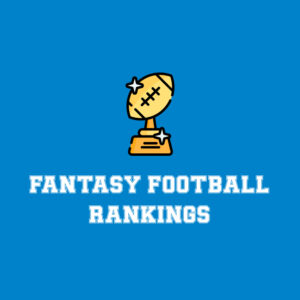
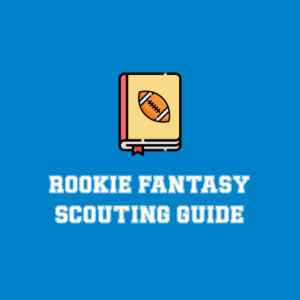
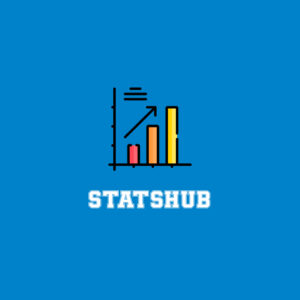





 Boston Celtics
Boston Celtics  Brooklyn Nets
Brooklyn Nets  Philadelphia 76ers
Philadelphia 76ers  New York Knicks
New York Knicks  Toronto Raptors
Toronto Raptors  Chicago Bulls
Chicago Bulls  Detroit Pistons
Detroit Pistons  Milwaukee Bucks
Milwaukee Bucks  Cleveland Cavaliers
Cleveland Cavaliers  Indiana Pacers
Indiana Pacers  Orlando Magic
Orlando Magic  Atlanta Hawks
Atlanta Hawks  Charlotte Hornets
Charlotte Hornets  Miami Heat
Miami Heat  Washington Wizards
Washington Wizards  Denver Nuggets
Denver Nuggets  Minnesota Timberwolves
Minnesota Timberwolves  Oklahoma City Thunder
Oklahoma City Thunder  Portland Trail Blazers
Portland Trail Blazers  Utah Jazz
Utah Jazz  LA Clippers
LA Clippers  Golden State Warriors
Golden State Warriors  Los Angeles Lakers
Los Angeles Lakers  Phoenix Suns
Phoenix Suns  Sacramento Kings
Sacramento Kings  Dallas Mavericks
Dallas Mavericks  Houston Rockets
Houston Rockets  Memphis Grizzlies
Memphis Grizzlies  New Orleans Pelicans
New Orleans Pelicans  San Antonio Spurs
San Antonio Spurs 
